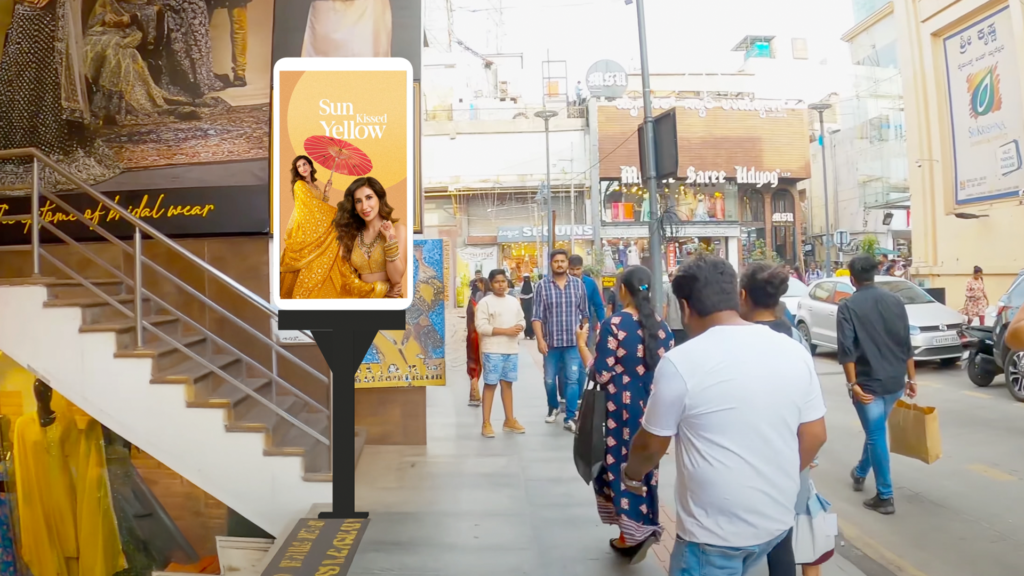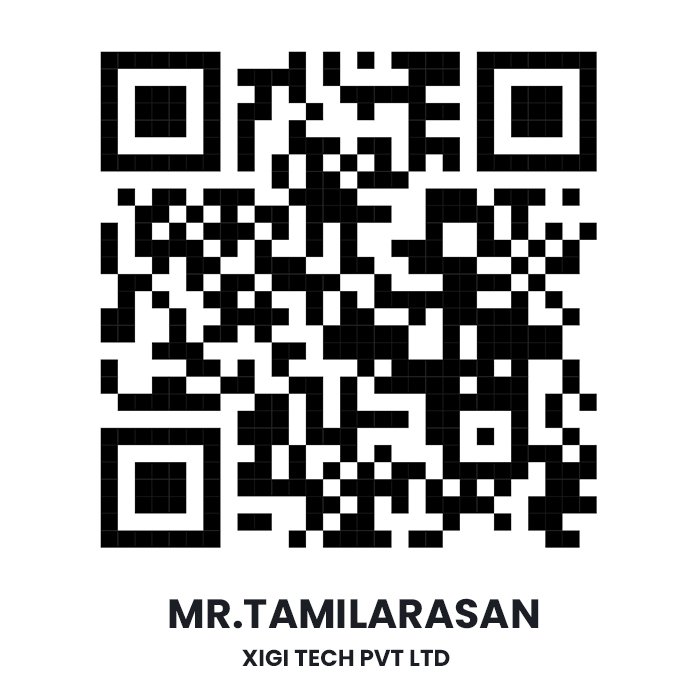In recent years, Digital Out-of-Home (DOOH) advertising has emerged as a transformative medium for brands looking to connect with consumers in public spaces. By utilising digital screens in high-traffic areas—such as billboards, transit hubs, and interactive kiosks—DOOH allows advertisers to display dynamic content that can be customised and updated in real time. This flexibility positions DOOH as a critical tool in modern marketing strategies, especially in a rapidly digitising country like India.
With India’s accelerated urbanisation, increased smartphone usage, and the rise of smart city projects, the demand for innovative advertising solutions is growing. This article explores how DOOH is expanding in India, its unique advantages, and why it is fast becoming an indispensable part of the marketing ecosystem.
What Is DOOH Advertising?
Digital Out-of- Home advertising utilises electronic displays and smart technology to broadcast promotional content in open, public locations. Unlike traditional billboards, which rely on static content, DOOH features dynamic digital screens capable of showcasing videos, animations, and interactive content. These displays are strategically placed in locations with heavy foot traffic, including shopping malls, airports, bus stops, and highways.
A significant advantage of DOOH is its ability to update content in real-time. Advertisers can quickly tailor messages based on various factors such as location, time of day, local events, or even changes in weather, making campaigns more relevant and timely.
Why DOOH is seeing increased adoption in India.
1. Real-Time Flexibility and Adaptability
A major benefit of DOOH is its exceptional flexibility. Unlike traditional out-of-home media that require manual updates, digital displays can be adjusted instantaneously to reflect changing conditions. For instance, a fashion brand may promote winter collections during colder months, or a beverage company can advertise refreshing drinks on sunny days. A study by GlobalData shows that 60% of consumers engage more with digital content compared to static ads, highlighting the effectiveness of DOOH in capturing attention and fostering greater engagement.
2. Enhanced Engagement and Brand Recall
Digital screens are visually striking, especially compared to traditional static billboards. The use of moving visuals, videos, and interactive elements naturally attracts more attention from viewers. According to a Nielsen study, DOOH campaigns result in a 55% increase in brand recall compared to traditional billboards. This higher engagement leads to stronger consumer recognition and more significant brand impact.
3. Precision Targeting
DOOH allows advertisers to target specific audiences more effectively. By leveraging data such as GPS location, foot traffic patterns, and even mobile phone analytics, brands can customise their campaigns based on where their target audience is at any given time. For example, a clothing retailer could run ads in high-end shopping malls, while a fast-food chain might choose to target metro stations during lunchtime.
According to Times OOH, data analytics in DOOH help brands achieve better targeting, improving the overall ROI by ensuring that campaigns reach the right people at the right time.
4. Long-Term Cost Efficiency
While DOOH requires significant upfront investment in digital screens and technology, the cost savings over time are substantial. Unlike traditional billboards that require constant maintenance, printing, and labour for installation, digital ads can be updated remotely with minimal overhead. Additionally, since multiple campaigns can be run on the same digital screen, the overall cost per ad is often lower, leading to a more efficient use of resources.
The Growth of DOOH in India
India’s rapid urban development and growing digital infrastructure are creating the perfect environment for DOOH to thrive. Cities like Delhi, Mumbai, Bengaluru, and Chennai are seeing an increasing number of smart city initiatives that integrate digital signage into public spaces.
According to PwC India, the DOOH sector in India is projected to expand at an annual growth rate of 15% until 2026. The expansion of metro rail systems, increased smartphone penetration, and advancements in digital technologies are all factors driving this growth.
Indian media companies such as Laqshya Media and Times OOH are already leading the charge, deploying digital screens in key urban centres. In the coming years, smaller cities are expected to follow suit as digital infrastructure becomes more widespread.
Challenges to DOOH Adoption in India
While the DOOH industry in India is on an upward trajectory, several challenges remain:
High Initial Costs: Setting up digital screens involves significant capital investment in both hardware and software.
Limited Reach in Smaller Cities: While DOOH is flourishing in major urban areas, its presence in smaller towns and rural areas remains limited.
Regulatory Hurdles: Local regulations may restrict the installation and operation of digital displays, particularly in areas of cultural or historical significance.
However, as technology becomes more affordable and urban centres expand, these challenges are expected to diminish over time.
Conclusion
Digital out-of-home advertising is changing the way brands connect with their audiences. Its capability to provide real-time, personalised, and dynamic content in high-traffic areas gives it a distinct edge over conventional advertising methods. As India continues to modernise its infrastructure and embrace digital technologies, DOOH is set to become a key player in the country’s advertising landscape.
For marketers, adopting DOOH presents a tremendous opportunity to stay ahead of the competition and engage with a rapidly evolving audience. With its ability to adapt to changing conditions and deliver measurable results, DOOH is not just the future of advertising—it’s the present.


